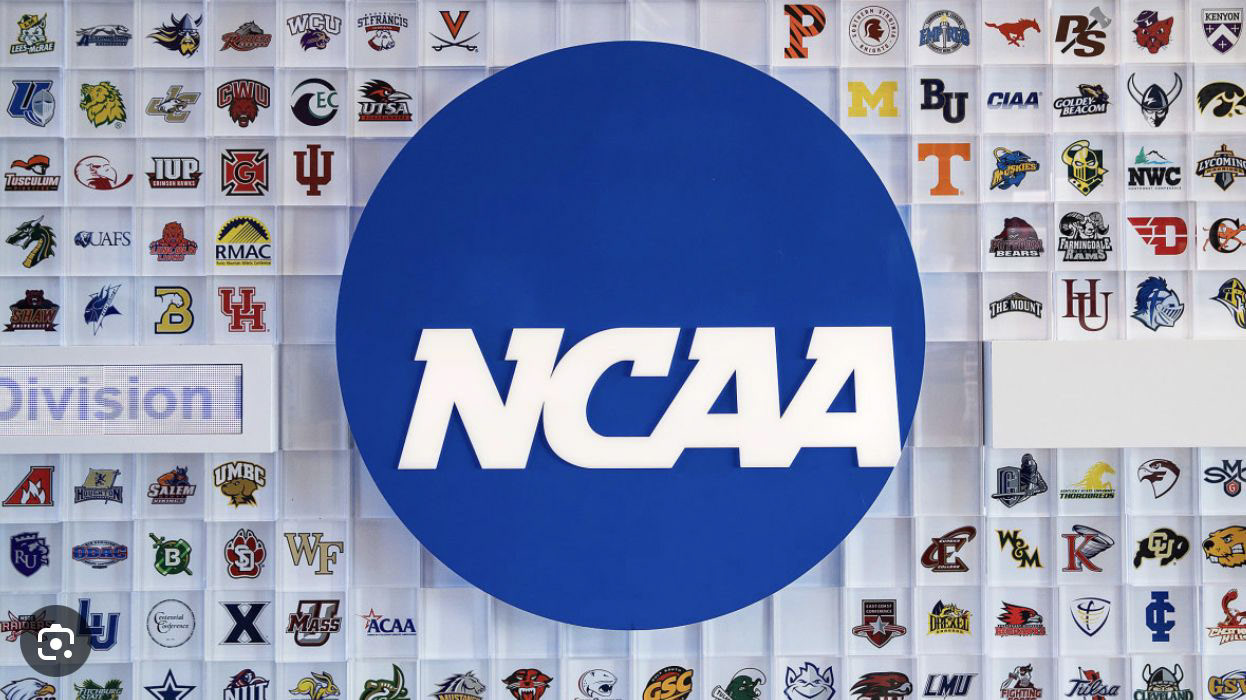

By Zineerah Siddique
College Athletes (NCAA- the national collegiate athletic association)
This organization administers intercollegiate athletics. In the summer of 2021, the NCAA repealed its ban on collegiate athletes receiving payment for the use of their names, likenesses, or Images (NIL).
The NCAA used to prohibit these rights, but more recent rules changes have made it possible for athletes to profit from their personal brands and endorsements while playing collegiate sports.
Prior to the NIL ruling, coaches, universities, and other organizations were profiting greatly from these amateur athletes without giving them any money in return. Male and female college athletes are now able to benefit from selling their worn jerseys, phone cases with their names on it and many other products. Athletes appear to be choosing to continue their education; positively influencing the lives of college athletes.
Some examples of the highest paid athletes since the NIL Rule.
Research has examined the top 15 college football players (per ESPN). The potential earnings for each player for the current season are displayed in this analysis. Examples include Alabama Crimson Tide quarterback Bryce Young, who is this year's highest NIL earner. With NIL agreements, Young's overall valuation is $3.2 million. Caleb Williams, who transferred to the USC Trojans after coach Lincoln Riley, is another example. Following a stellar freshman year, his potential brought in $2.4 million in NIL income. According to NIL valuations, some of the wealthiest college football teams are Oklahoma University, where starting quarterbacks average $64,000, and the University of Michigan, where players may make an average of $65,000. The NIL rules have already undergone significant modifications. This season, some players are making millions of dollars. Moving forward, it's probable that businesses and schools will do all in their power to entice players with cash incentives.
Benefits of the NIL regulation passing is that it allows athletes to get paid while competing for these colleges. New business opportunities have also opened up since the NIL rule. For example, apps, stores, etc. Platforms being created are helping college athletes monetize their brand by selling worn jerseys, merch, etc. It is seen as a gold rush as there is a lot of competition. Consequently, pay was decided by what a brand was willing to pay prior to NIL. Creators are requesting to be paid the value of their work after NIL. College athletes have a ton of new opportunities thanks to NIL, but businesses can also take advantage of a ton of new opportunities.
Sources
Cameron Gerbers. “Highest Paid College Athletes in the Nil Era.” Action Network, The Action Network, 4 Oct. 2022, www.actionnetwork.com/ncaaf/highest-paid-college-athletes-in-the-nil-era YouTube, YouTube, 19 Nov. 2022, https://www.youtube.com/watch?v=qrN_kmu6dqg. Accessed 4 Nov. 2023.
Jay Bilas, College Basketball Analyst. “Why Nil Has Been Good for College Sports ... and the Hurdles That Remain.” ESPN, ESPN Internet Ventures, www.espn.com/college-sports/story/_/id/34161311/why-nil-good-college-sports-hurdles-remain . Accessed 4 Nov. 2023.